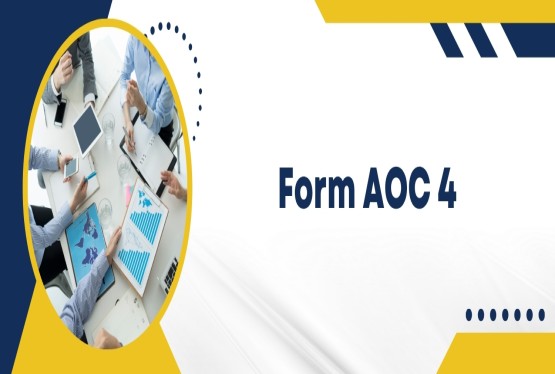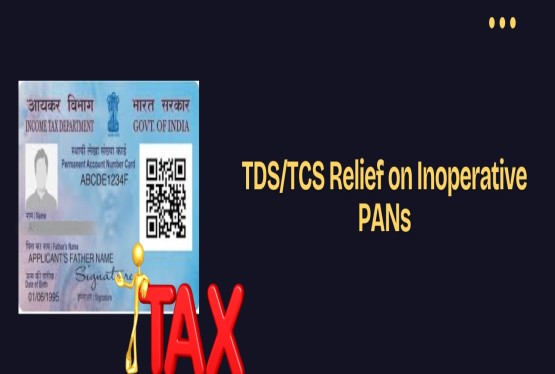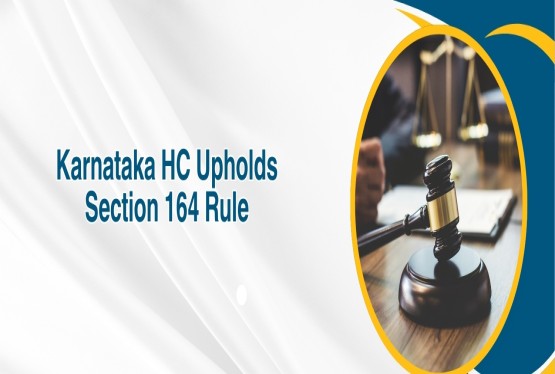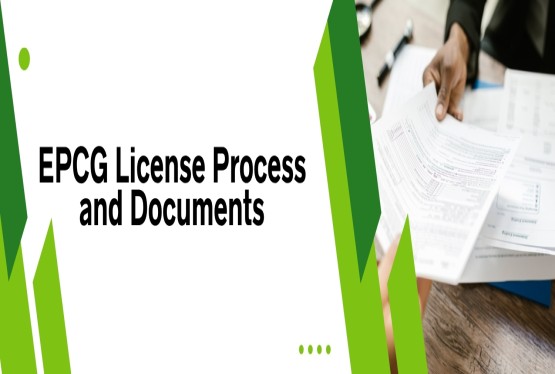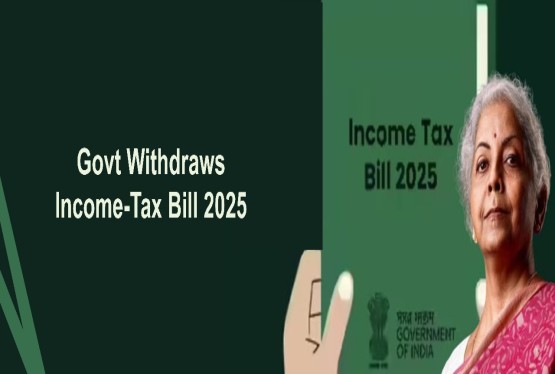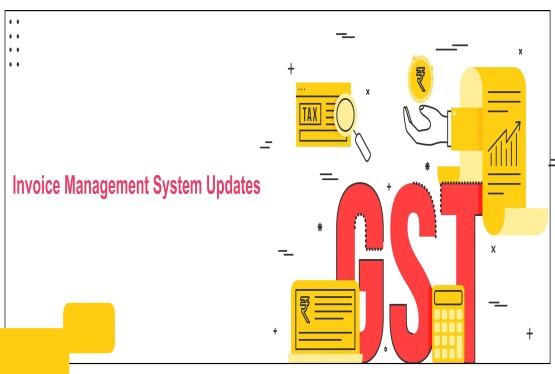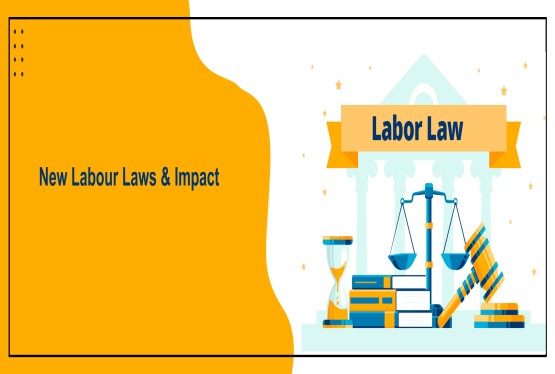Depreciation is an important concept under the Income Tax Act, 1961. It allows a taxpayer to claim a deduction for the gradual decrease in the value of an asset due to wear and tear from usage in the course of business or profession. Depreciation is an essential aspect of tax planning, financial reporting, and asset management, as it impacts the taxable income of an assessee.
What is Depreciation?
Depreciation represents the reduction in the value of a tangible or intangible asset over time due to its usage, passage of time, or obsolescence. Under the Income Tax Act, depreciation is an allowable deduction from income to account for this reduction in value. Businesses use depreciation to spread the cost of an asset over its useful life, thereby matching cost with revenue generation over time. The Income Tax Act primarily allows depreciation through the Written Down Value (WDV) method. However, power generation units can opt for the Straight-Line Method (SLM).
Concept of Block of Assets
The concept of a "block of assets" was introduced to simplify the calculation of depreciation. A block of assets is a group of assets classified based on their nature and depreciation rate. This group can include tangible assets like buildings, furniture, machinery, and intangible assets like trademarks and copyrights. Each block must include assets with the same depreciation rate.
Under the Income Tax Act, depreciation is calculated on the WDV of the entire block, not on individual assets. Once an asset becomes part of a block, it loses its individual identity. The aim is to reduce the complexity of maintaining separate depreciation records for each asset.
Conditions for Claiming Depreciation
Depreciation can only be claimed if certain conditions are fulfilled:
-
The asset must be owned (either wholly or partially) by the assessee.
-
The asset must be used for business or professional purposes. If it is used partially for business, depreciation will be allowed proportionately.
-
In the case of joint ownership, each co-owner can claim depreciation in proportion to their share.
-
Depreciation cannot be claimed on land or goodwill.
-
Depreciation is mandatory and deemed to have been allowed, whether or not the assessee claims it in the books.
-
Under presumptive taxation schemes, the depreciation is deemed to be considered in the estimated profits.
-
The Income Tax depreciation rates apply regardless of the rates used in the company’s financial statements.
Written Down Value (WDV) of Assets - Meaning
WDV refers to the reduced value of an asset after deducting the depreciation already allowed. It is important for calculating further depreciation.
-
If the asset is acquired in the same financial year, its actual cost is considered as the WDV.
-
If it is acquired in an earlier year, WDV equals actual cost minus depreciation allowed till date.
The WDV forms the basis for calculating current year depreciation. This ensures continuity and consistency in asset valuation.
Amount of Depreciation Allowed
The depreciation amount is calculated based on the applicable rate on the WDV of the block of assets. Power generation companies may opt for SLM. For amalgamations and demergers, depreciation is apportioned based on asset usage days. In a finance lease arrangement, the lessee records the asset in their books and can claim depreciation. This is aligned with Accounting Standard AS-19, which governs lease accounting.
Depreciation Rates for FY 2025-26 for Most Commonly Used Assets
|
Sl. No |
Asset Class |
Asset Type |
Rate of Depreciation |
|
1 |
Building |
Residential buildings not including boarding houses and hotels |
5% |
|
2 |
Building |
Boarding houses and hotels |
10% |
|
3 |
Building |
Purely temporary constructions like wooden structures |
40% |
|
4 |
Furniture |
Any fittings / furniture including electrical fittings |
10% |
|
5 |
Plant and machinery |
Motor cars excluding those used in a business of running them on hire |
15% |
|
6 |
Plant and machinery |
Motor cars purchased on/after 23 Aug 2019 & before 1 Apr 2020, used before 1 Apr 2020 |
30% |
|
7 |
Plant and machinery |
Lorries/taxis/motor buses used in a business of running them on hire |
30% |
|
8 |
Plant and machinery |
Same as above but purchased on/after 23 Aug 2019 and used before 1 Apr 2020 |
45% |
|
9 |
Plant and machinery |
Computers and computer software |
40% |
|
10 |
Plant and machinery |
Books owned by professionals being annual publications |
100% |
|
11 |
Plant and machinery |
Books owned by professionals not being annual publications |
60% |
|
12 |
Plant and machinery |
Books owned by lending libraries |
100% |
|
13 |
Intangible assets |
Franchise, trademark, patents, license, copyright, know-how |
25% |
Depreciation Rates as per the Income Tax Act (Complete Chart)
Depreciation is categorized under two main asset groups: tangible and intangible. The comprehensive chart is as follows:
Part A - Tangible Assets
[Include full detailed depreciation rate table as provided above in original content. Retain same tabular structure.]
Part B - Intangible Assets
-
Franchise, trademark, patents, license, copyright, know-how or other commercial or business rights of similar nature: 25%
Methods of Calculating Depreciation
The Income Tax Act primarily allows depreciation under the Written Down Value (WDV) method. However, power generation units can opt for the Straight-Line Method (SLM).
WDV Method
Depreciation is applied on the reducing balance of asset value. It results in higher depreciation in the initial years and lower in the later years.
SLM Method
This method spreads depreciation equally over the useful life of the asset. It is available only to power generation or distribution units.
Under the Companies Act, depreciation can be calculated using:
-
Straight Line Method
-
Written Down Value Method
-
Unit of Production Method (Under Companies Act, 2013 based on useful life)
Formula for Calculating Depreciation by Straight-Line Method
-
Rate of Depreciation under SLM = [(Original Cost – Residual Value) / Useful Life] x 100
-
Depreciation = Original Cost x SLM Rate (as calculated above)
These formulas are helpful in financial reporting and ensure that assets are depreciated as per their utility and expected life.
Example for Depreciation Calculation
|
Name of Asset |
Block 1 (Machine – 15%) |
Block 2 (Furniture – 10%) |
Block 3 (Car – 15%) |
|
Opening Value |
0 |
0 |
0 |
|
Purchases (>=180 days) |
5,00,000 |
20,000 |
3,00,000 |
|
Purchases ( |
40,000 |
0 |
0 |
|
Sold During Year |
0 |
0 |
0 |
|
Closing Value before Depreciation |
5,40,000 |
20,000 |
3,00,000 |
|
Depreciation |
78,000 [(5,00,000 x 15%) + (40,000 x 15% x 1/2)] |
2,000 (20,000 x 10%) |
22,500 (3,00,000 x 15% x 1/2) |
|
Closing WDV |
4,62,000 |
18,000 |
2,77,500 |
This example illustrates how depreciation is computed on assets purchased during the year based on usage period and rate applicable.
Analysis of AS 22 and IND AS 12 in Reference to Depreciation
Accounting Standard 22 (AS 22) and IND AS 12 deal with the concept of deferred tax which arises from timing differences in asset values between accounting and tax records. These differences impact the tax liability of a company in the future. Temporary differences occur when the carrying amount of an asset or liability differs in the books and tax records. This results in deferred tax assets or liabilities. For example:
-
Cost of asset = Rs 150
-
Carrying amount = Rs 100
-
Tax base = Rs 60
-
Difference = Rs 40
The company will pay tax on Rs 40, leading to a deferred tax liability of Rs 10 (25% of Rs 40). This deferred liability is accounted for in financial statements and reflects the tax effect of temporary differences.
Conclusion
Knowing about depreciation and its application under the Income Tax Act for effective tax planning. For FY 2025-26, the prescribed depreciation rates help businesses manage their tax liabilities efficiently. By maintaining proper asset records and applying the correct rates and methods, taxpayers can ensure compliance with legal provisions and benefit from available deductions. Thus, knowing the applicable Depreciation Rates for FY 2025-26 Under Income Tax Act and following correct procedures for calculating depreciation on a block of assets basis can significantly reduce taxable income while staying compliant with tax laws.
If you need any assistance, feel free to contact Compliance Calendar LLP through mail at info@ccoffice.in or Call/Whatsapp at +91 9988424211.
FAQs
Q1. What is the method of calculating depreciation under the Income Tax Act for FY 2025-26?
Ans. Under the Income Tax Act, depreciation is primarily calculated using the Written Down Value (WDV) method. However, for businesses involved in power generation or power distribution, the Straight-Line Method (SLM) is also permitted if the option is exercised before filing the income tax return.
Q2. Can depreciation be claimed if the asset is used for both business and personal purposes?
Ans. Yes, depreciation can be claimed proportionately. If an asset is used partly for business and partly for personal purposes, only the portion attributable to business use is eligible for depreciation. The Income Tax Officer may determine the appropriate percentage allowed under Section 38 of the Act.
Q3. Is it mandatory to claim depreciation even if not shown in the Profit & Loss account?
Ans. Yes, as per the Income Tax Act, depreciation is deemed to have been allowed even if not claimed in the Profit & Loss account. From Assessment Year 2002-03 onwards, depreciation is treated as mandatory and the WDV must be reduced accordingly for tax purposes.
Q4. Can goodwill or land be depreciated under the Income Tax Act?
Ans. No, depreciation cannot be claimed on land and goodwill. These assets are specifically excluded under the provisions of Section 32 of the Income Tax Act and are not considered depreciable assets.
Q5. What happens to depreciation in the case of an asset sold during the financial year?
Ans. If an asset is sold during the year but the block continues to exist (i.e., other assets remain in the block), depreciation is allowed on the remaining block. If all assets in the block are sold and no asset remains, no depreciation is allowed for that block in the year of sale.
Q6. How is depreciation calculated for assets used for less than 180 days in a financial year?
Ans. For assets put to use for less than 180 days in a financial year, depreciation is allowed at 50% of the prescribed rate. For example, if the rate is 15%, only 7.5% will be allowed in the year of acquisition if the asset was used for less than 180 days.
Q7. Can co-owners claim depreciation on jointly owned assets?
Ans. Yes, co-owners can claim depreciation in proportion to their share of ownership in the asset. However, the asset must be used for the business or profession of the co-owner to qualify for the deduction.








_crop10_thumb.jpg)


















































































_for_FY_2025-26_crop10_thumb.jpg)



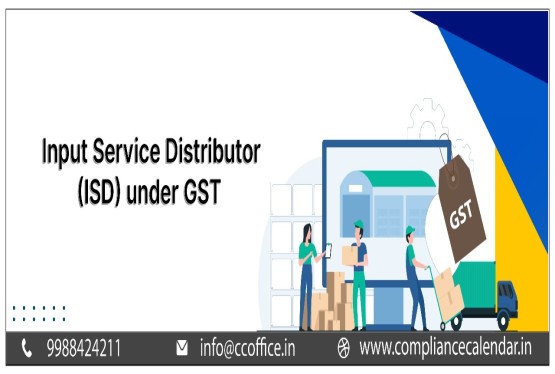








_learn_crop10_thumb.jpg)








_Filing_Due_Dates_for_FY_2024-25_learn_crop10_thumb.jpeg)
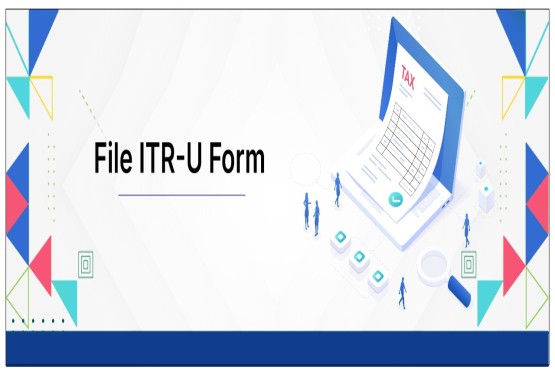

























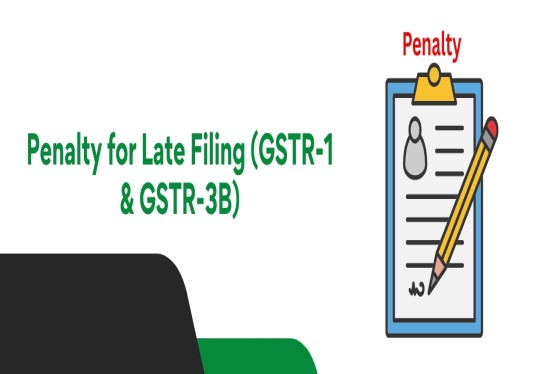












_of_GST_Act_learn_crop10_thumb.jpg)










_Under_GST_learn_crop10_thumb.jpg)









_crop10_thumb.jpg)


_crop10_thumb.jpg)






_learn_crop10_thumb.jpg)






















_of_the_Income_Tax_Act_learn_crop10_thumb.jpg)



_learn_crop10_thumb.jpg)
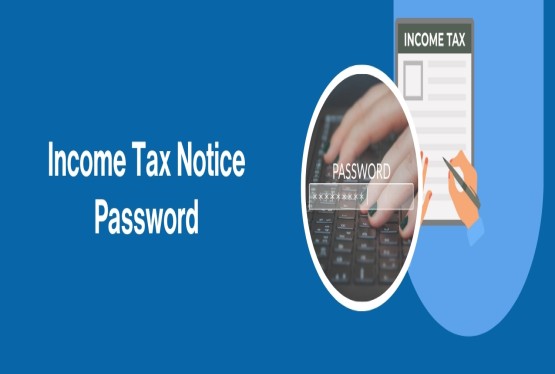





_learn_crop10_thumb.jpg)






_crop10_thumb.jpg)




















_in_The_Income_Tax_Act,_1961_learn_crop10_thumb.jpg)



_learn_crop10_thumb.jpg)



_of_the_Income_Tax_Act_learn_crop10_thumb.jpg)


_Of_Income_Tax_Act_learn_crop10_thumb.jpg)








_learn_crop10_thumb.jpg)







_learn_crop10_thumb.jpg)
_crop10_thumb.jpg)






















_learn_crop10_thumb.jpg)
_for_Import_and_Export_learn_crop10_thumb.jpg)









